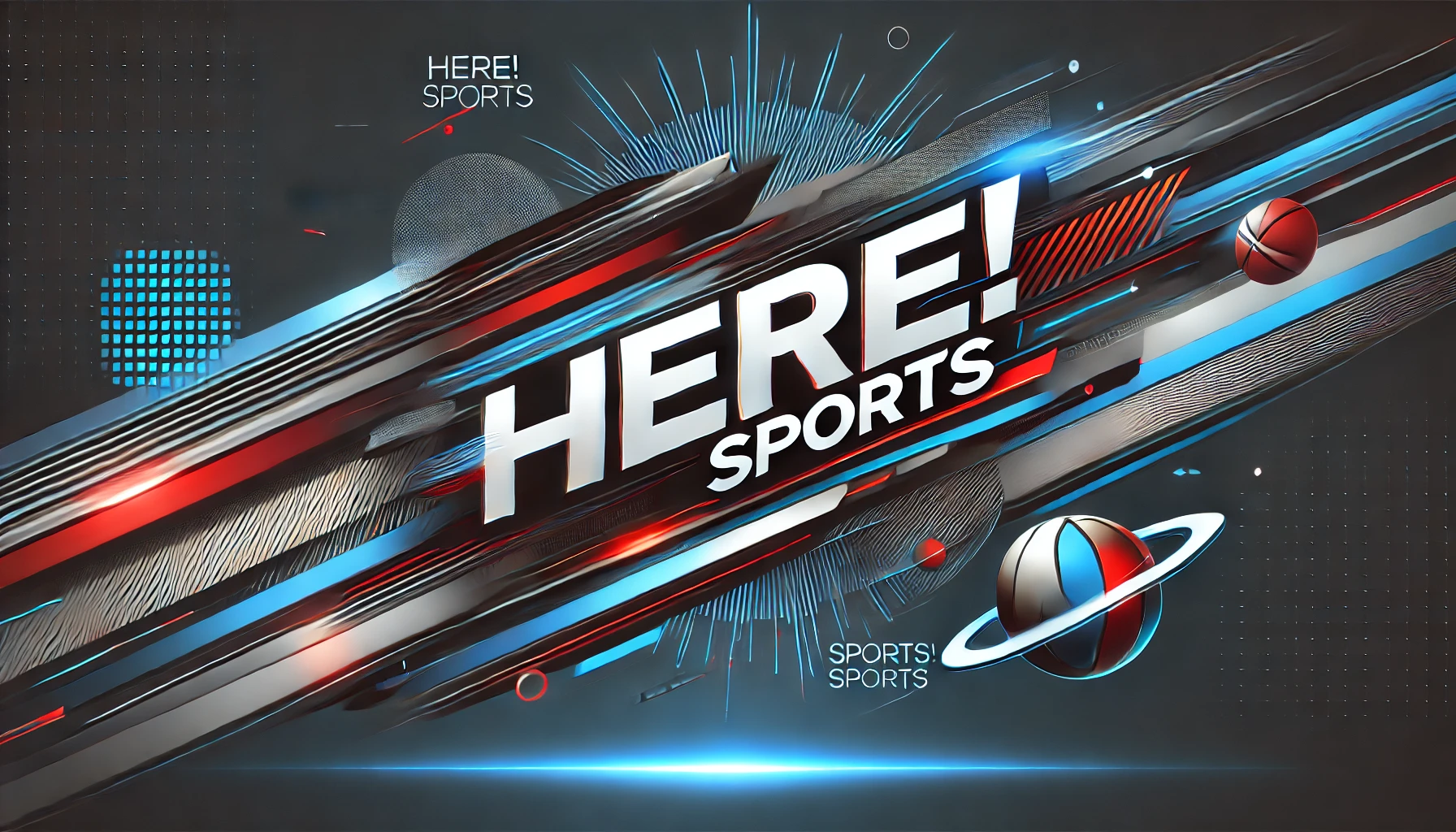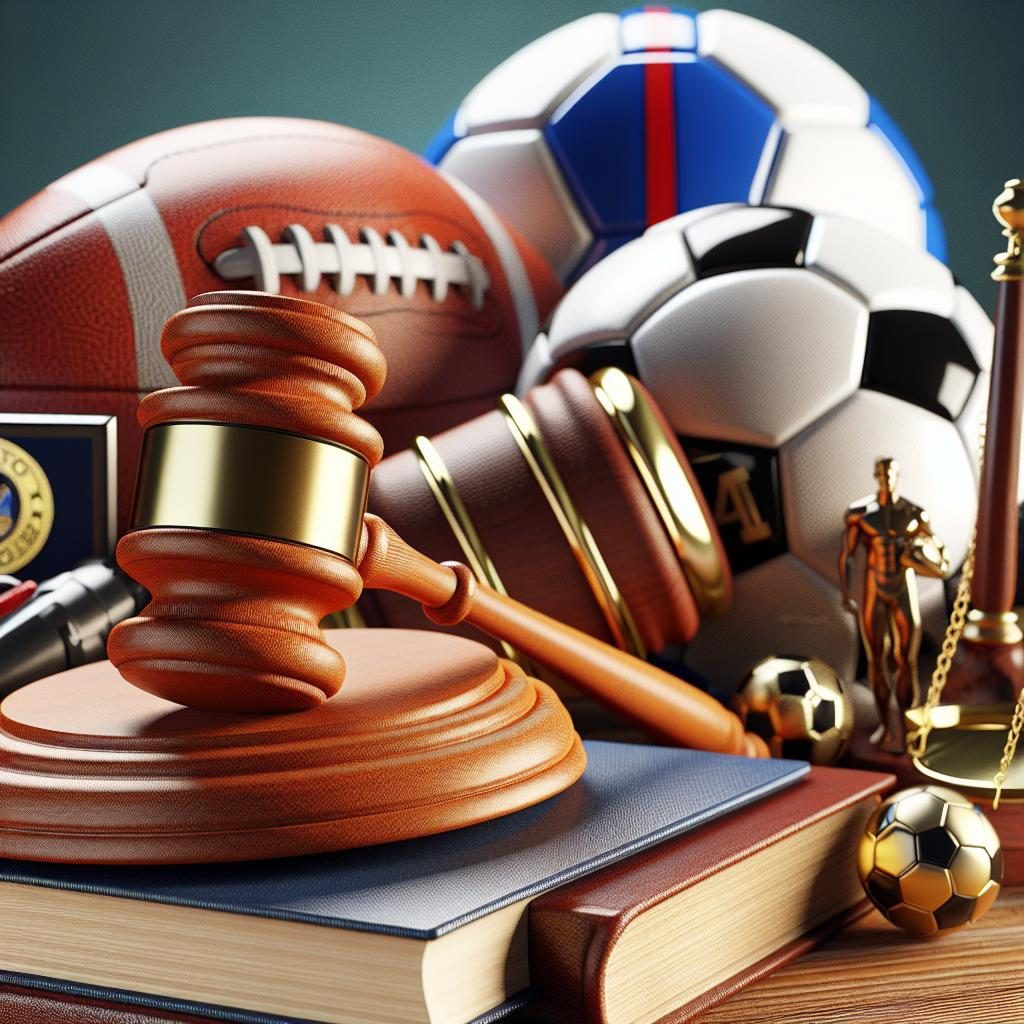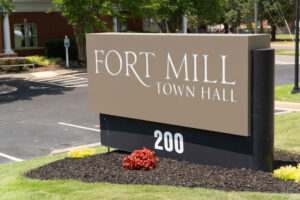Federal Judge Challenges NCAA’s Name, Image, and Likeness Settlement
In a surprising turn of events during a preliminary settlement hearing in San Francisco, the federal judge presiding over the House v. NCAA antitrust case urged attorneys to reconsider aspects of their proposed deal regarding name, image, and likeness (NIL) regulations. Judge Claudia Wilken expressed frustration with the settlement’s language, particularly its attempts to impose controls that could act as a salary cap on athlete endorsements.
During a Zoom hearing, Judge Wilken pointed out serious issues with the current agreement, asking lawyers from both sides to “go back to the drawing board” to refine or remove problematic parts of the settlement. She emphasized that simply restricting payments from NIL collectives and limiting booster funds for athletes would not be effective. “Taking things away from people doesn’t work well,” she noted.
NCAA attorney Rakesh Kilaru defended the existing language, calling it “central” to the settlement. He warned that significant adjustments might jeopardize the chance of a resolution. Meanwhile, plaintiffs’ co-lead attorney Jeffrey Kessler showed readiness to adapt the terms as suggested by Judge Wilken, putting the onus on the NCAA to agree.
The task now falls to both parties, who have a three-week window to revise the deal and address the judge’s concerns. The crux of the matter centers on how to implement NIL deals fairly while ensuring that players have opportunities for legitimate payments without crossing into pay-for-play territory.
Industry experts reacting to the hearing were not surprised by the judge’s stance. Many believe the NCAA’s efforts to impose strict regulations are critically undermined by ongoing legal battles regarding players’ rights. With expectations of revenue-sharing models that could benefit collegiate athletes significantly, the next few weeks are pivotal for the future of NIL in college sports.
The proposed $2.8 billion settlement not only addresses past restrictions on athletes but also paves the way for a new revenue-sharing structure that could reshape collegiate sports starting in Fall 2025. If successful, this model would allow Power Conference schools to share up to 22% of their revenues, potentially providing players with millions in earnings. However, ongoing objections from various groups signal that debates over NIL compensation are far from over.
As the NCAA and the plaintiffs’ attorneys begin rewriting the settlement, sports advocates continue to emphasize the importance of player rights and opportunities. The outcome of this case will likely set precedents that could impact athletes and NCAA operations for years to come.








